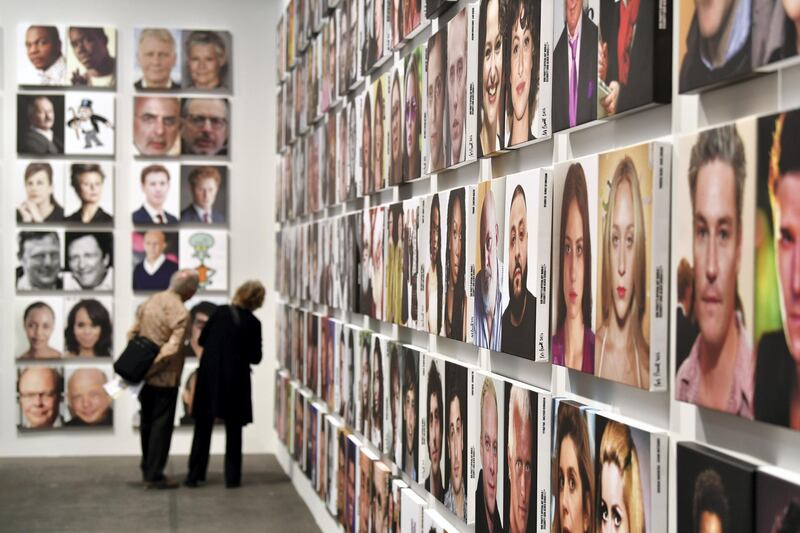Despite Brexit and trade disputes, global art sales rose 6 per cent to $67.4 billion in 2018 as millennial spending power, particularly in Asian markets, reached new heights and online transactions rose, according to a study.
A recent analysis of the art market worldwide in 2018 found that the US retained its top position as the largest buyer, accounting for 44 per cent of sales, while the UK (21 per cent) unseated China for the second place, pushing the world's second-largest economy to third position. Global sales volume last year was the second-highest in a decade.
"The art market is a fascinating reflection of economic developments and trends in wealth creation. Most notable is the growth of billionaire and millennial spending power, particularly in Asian markets," said Mark Haefele, chief investment officer at UBS Global Wealth Management, which conducted the study.
In newer Asian markets, a different age profile emerged than the typical over-50 buyer. Forty-six per cent of collectors in Singapore and 39 per cent in Hong Kong were millennials, those born between 1981-1996. These buyers made up under half of high-end spenders – $1 million-plus – "underlining the importance of the spending power of this demographic", the Art Basel and UBS Global Art Market Report found.
“A very positive finding of the research this year was the dynamism in collecting by global millennials. New research on global [high-net-worth] collectors showed that the millennial generation were considerably more active buyers in all sectors of the art market than other generations,” said Clare McAndrew, the founder of research and consulting company Arts Economics.
She also said spending patterns and preferences had more in common with other millennials across regions than they did with collectors from a different generation within their own region. “Understanding the preferences and motivations of these key global demographic segments will prove critical for the art trade in future,” Ms McAndrew said.
Online art sales reached an all-time high of $6bn in 2018, rising 11 per cent year-on-year, making up nearly a tenth of all transactions, and only slightly lower than the overall global online retail sector, where e-commerce represented 12 per cent of total retail sales in 2018.
There was a notable divide in the outlook between newer, regional markets and mature markets.
The majority of dealers in Latin America, the Middle East and Africa were optimistic about sales in 2019, compared to only about one-quarter of those in the EU and US. Although optimism increased over the longer term in mature markets, close to 30 per cent or more of dealers in markets such as Germany, Italy and the UK were expecting declines over five years. Whereas, dealers in Asia, Africa, the Middle East and Latin America thought their positions would either remain stable or improve.









